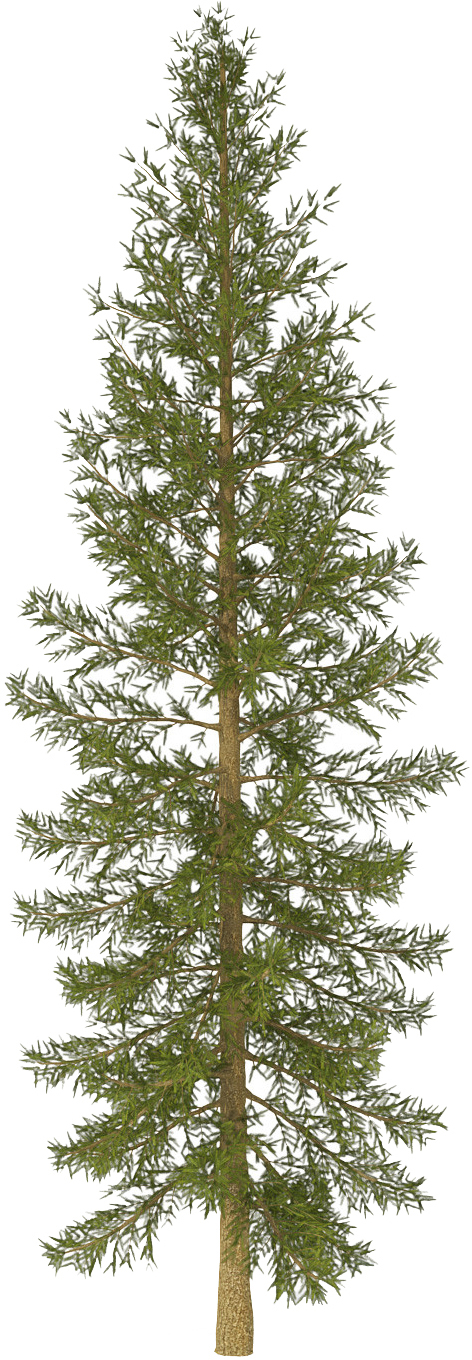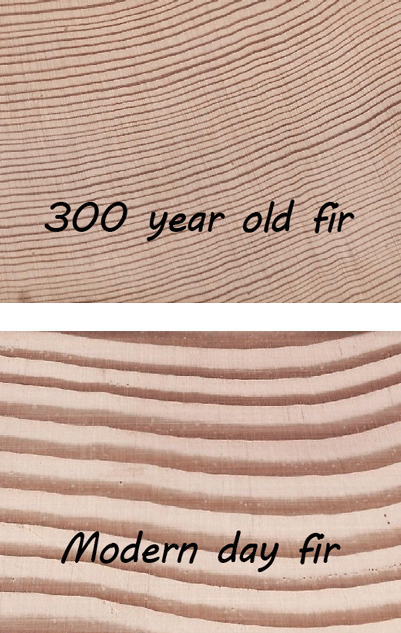|
 Douglas fir from the great Northwest can be found in virtually all of San Diego's commercial and residential buildings built between 1900–1940. Known for its strength, stability, insect resistance and character, Douglas fir was used in framing, flooring, doors, molding and millwork. Today it still remains the predominate structural framing wood on the West Coast. Douglas fir from the great Northwest can be found in virtually all of San Diego's commercial and residential buildings built between 1900–1940. Known for its strength, stability, insect resistance and character, Douglas fir was used in framing, flooring, doors, molding and millwork. Today it still remains the predominate structural framing wood on the West Coast.
During the first part of the 20th century a seemingly unlimited supply of large old growth trees were being logged in the Pacific Northwest. These trees were often over 250 feet tall and up to 8 feet in diameter. Logs were brought out of the woods by oxen, rail, ßumes, or rivers to sawmills located near the coast. The processed lumber was then loaded on ships and transported to railroad hubs to be delivered to its final destination. It was soon apparent the most cost effective transportation method was to create large rafts out of unsawn logs and tow them down the coast to their destination for milling. The Benson Lumber Company was instrumental in bringing this business model to San Diego. From approximately 1910 through 1940 Benson brought in huge rafts, over 900 feet long and containing over 5 million board feet, to be locally milled into framing lumber, millwork, and moldings.
It is difficult to overstate the dierence between old growth lumber and modern day managed growth Douglas fir and pine. Prior to sustainable managed growth, old growth trees grew in heavily shaded forests and might take 300 years to reach maturity. Where as managed growth trees are grown rapidly and harvested in just a few years. While we have succeeded in growing trees sustainably, it comes at the loss of many of the trees' original qualities.
|


|

